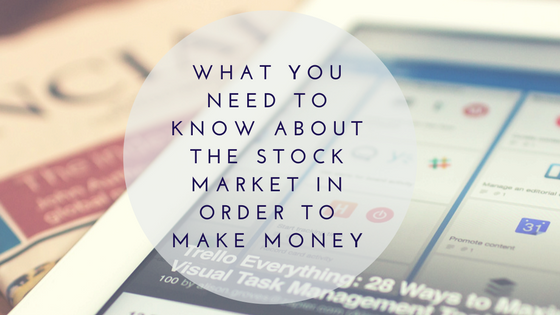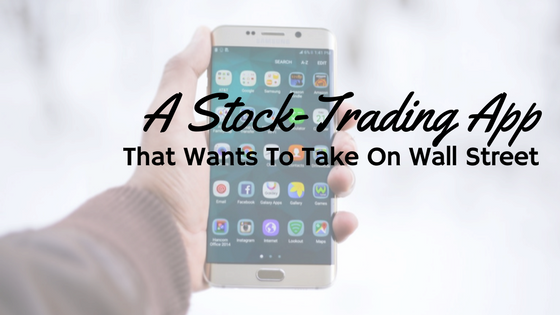When it comes to investing, there are a number of terms to learn in order to be conversant and knowledgeable as an investor. There are margin calls, options and mutual funds. A couple of terms that are important to learn when investing are index funds and ETFs.
What Are Index Funds?
Index funds are a form of mutual fund. A mutual fund is a basket of stocks that is actively managed to attempt to maximize investor returns through effective diversification. An index fund is a mutual fund that is more passively managed, and it will attempt to match a given index. The index could be the S&P 500, the Russell 2000 or another index altogether. There are also bond index funds available.
Index funds will not generally beat the market, but they will usually come close to meeting the market’s overall return. Index funds will tend to have less turnover than an actively managed fund. This will mean that index funds have a relatively high level of tax efficiency. Index funds will also usually pay out dividends as the underlying companies that make up the index pay dividends. As a form of mutual funds, index funds will only trade at the end of the trading day. Therefore, an individual investor will have little ability to maximize her ability to take advantage of little price fluctuations.
What Are ETFs?
Exchange traded funds, more commonly known as ETFs are also baskets of stocks. A brokerage might have a mutual fund and an ETF with very similar goals and holdings. Investors can trade ETFs more easily than regular mutual funds. Unlike mutual funds that trade only at the end of the trading day, ETFs can trade like stocks. As long as the market is open, an investor can buy or sell an ETF. This allows investors to take advantage of fluctuations in the price more easily. Like mutual funds, ETFs will also pay periodic dividend to investors.
Another difference between index funds and ETFs is the amount needed to invest. Mutual funds usually require a larger initial investment. Most will require an investment of $1,000 or $3,000 as the cost of being able to invest. ETFs allow smaller investors to get started more quickly. It’s only necessary to purchase a single share of an ETF to begin investing. This is another layer of flexibility that’s related to investing in ETFs.





